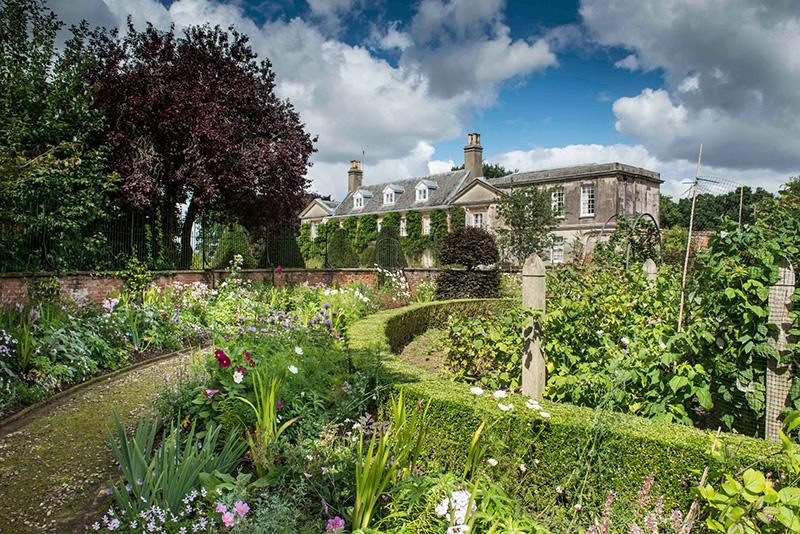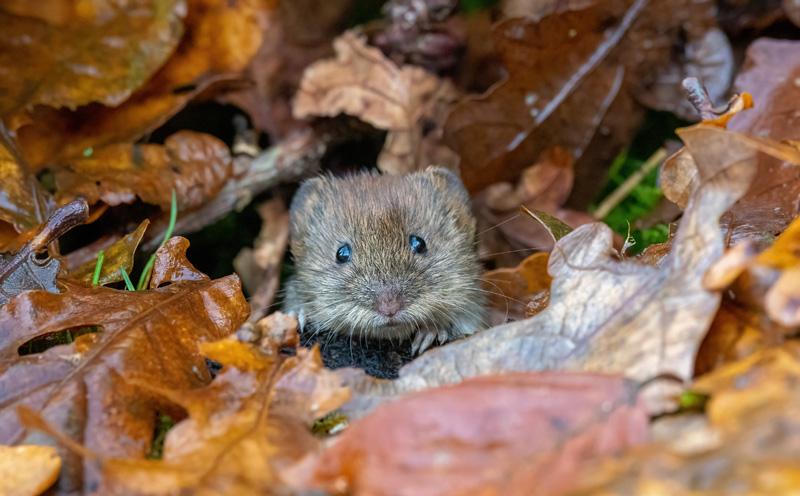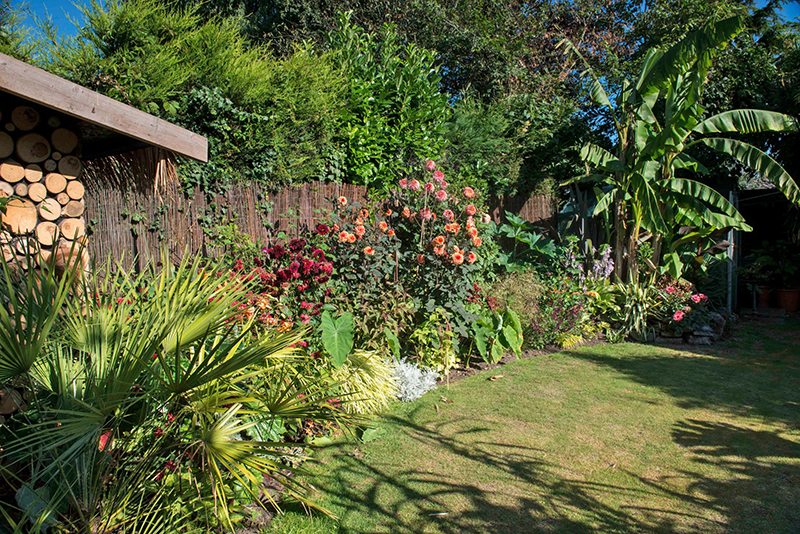 CONSERVATION MANAGEMENT IDEAS FOR JUNE
CONSERVATION MANAGEMENT IDEAS FOR JUNE
This month’s conservation management ideas, provided by the RSPB, will help you plan ahead and identify specific areas of the farm that can be managed for wildlife. Areas include:
AVOID DISTURBANCE TO NESTING BIRDS
Delay management of field boundaries and margins until at least September when you can be confident that birds have finished rearing late broods.
BEWARE OF NESTING BIRDS AND LEVERETS IF YOU CUT POLLEN AND NECTAR MIXTURES
Pollen and nectar mixtures are often cut in June to promote late-flowering (cutting half of each area to 20cm in June is a requirement of the English Entry Level Stewardship scheme), but check that there are no nesting birds or leverets in the mixtures before cutting and seek a derogation to avoid cutting if these are present.
CONSIDERATIONS FOR INSECTICIDE USE IN SUMMER
June is the peak month for rearing chicks in the bird calendar
DELAY SETASIDE MANAGEMENT
Any rotational set-aside that has not been sprayed yet will be providing important seed food for birds and nesting habitat for skylarks.
IS THERE A NEED FOR BRACKEN CONTROL?
Small stands of bracken, especially in upland situations, can provide useful habitat for some nesting birds, such as twite.
BIRDS NESTING IN HAY AND SILAGE MEADOWS
Several ground nesting birds that require cover are attracted to fields shut up for hay or silage. For these birds to breed successfully, they need sufficient time to complete incubation and for chicks to be able to be moved out of the field before mowing.
DELAY CUTTING FLOWER-RICH MEADOWS UNTIL AFTER HERBS HAVE SET SEED
Hay meadows that are the product of traditional, low intensity farming support a rich variety of grasses and flowers.
TOPPING
Topping of pernicious weeds may need to be carried out relatively early in the season, but try to cut areas that are not as urgent as late as possible, if at all.
If these management ideas pose any questions, then post them on the discussion forum on www.farmwildlife.info to get your answers.









